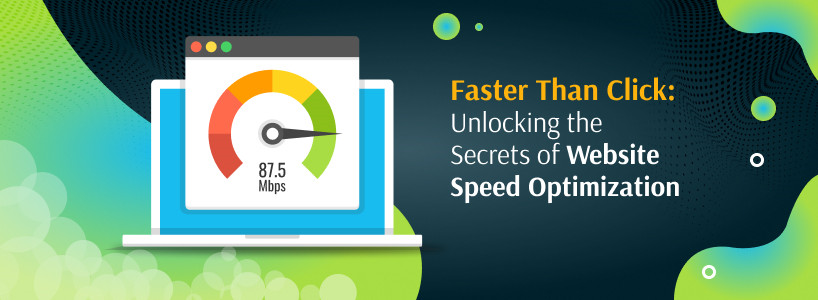Website speed affects everything. It affects user experience, search ranking and conversions. A slow site frustrates users. They bounce before your content is loaded.
Search engines, particularly Google, include speed in their algorithm. A fast site ranks better. Speed also reduces both server load and bandwidth consumption.
Speed optimization is no longer optional. Its a necessity.
Critical Elements That Slow Down Sites
- Some villains slow down your sites speed. Large images are the chief culprit. In the same vein, poorly coded themes and plugins are so.
- HTTP requests can slow down loading too much. So can uncompressed files. Issues of JavaScript and CSS bloat are commonplace.
- A lag is increased by a slow host. Shared hosting may be cheaper, but it affects performance.
Improving images for lightning loading times.
- Images should be of high quality, but must be light. Use the right formats. JPEG for photos. PNG for graphics. WebP for next-gen compression.
- Adjust images to fit display sizes. Dont upload 2000 px images for a 400 px space. Utilise compression programs, such as Tinypng or ImageOptim.
- Lazy loading postpones the off-screen image downloads. It enhances first-page speed without losing content.
Minimise and Compress Code
- Minification removes unnecessary characters of code. Such tools as Uglifyjs or CSSNano do this job well. Combine files where possible.
- Compression matters too. Switch on either Gzip or Brotli on your server. They compress the files before delivery to the browser.
- Optimised code loads quicker and consumes fewer resources.
Use a Reliable Hosting Provider
- There are no equal hosts. Shared hosting can put you on a hiatus. For better speed, consider VPS or cloud hosting.
- Search for data centres that are near your audience. Some suppliers provide their caching and CDN support.
- The hosting you should use should support the latest PHP and HTTP/2.
CDNS are game changers.
- CDNS provide content from the closest node to the user. This reduces latency. Cloudflare, Amazon CloudFront and Fastly are known to be common choices.
- They also help in decreasing server load. Static files such as images and scripts are the most beneficiaries.
- CDNS enhance not only global reach but speed as well.
Leverage Browser Caching
- Set cache headers properly. This instructs the browsers to use resources again. Users no longer need to reload the same images and scripts on every visit.
- Use plugins such as W3 Total Cache or the manual .htaccess edits for implementation.
- Higher frequency of repeat visits = higher levels of user satisfaction.
Monitor and Improve Regularly
- There are tools such as Google PageSpeed Insights, GTmetrix and Lighthouse that assist. They cite speed problems and provide practical tips.
- Watch the speed after every change on the site. Plugins, themes, or scripts can be time eaters.
- Stay updated and keep testing. Speed is an ongoing process.
Conclusion: Make Speed Your Competitive Edge
- A fast website is not all about tech. Its about keeping users happy. Speed influences trust, usability and rankings.
- By improving your site, you get an advantage. Visitors stay longer. Pages rank higher. Conversions increase.
- Dont have speed as your weakest link. Optimise now and stay ahead.

